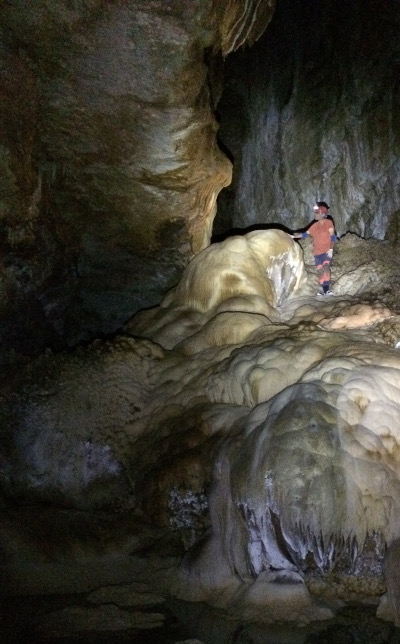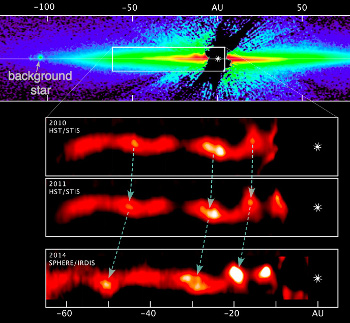Devin Nunes (R-California), a establishment Republican supporting Kevin McCarthy (R-California) for House Speaker, said today that any Republicans who don’t vote for McCarthy should be kicked out of the party.
Nunes is talking about the final House-wide vote for Speaker. First the Republicans vote in private among themselves, picking their nominee. McCarthy is expected to easily win that vote. Then the entire House votes. Some conservatives are threatening to not vote for McCarthy in that House-wide vote in order to extract greater influence over the entire party. Nunes wants them ejected from the party if they do that.
I have also read another story, the link to which I can’t find now, where establishment Republicans want to codify what Nunes is saying, so that any Republican who voted against McCarthy in the final vote would be kicked out of the party. If this happens, then we might very well see the Republican Party split, something that I increasingly see as a possibility. Right now the party is trying to be too big a tent, including conservatives and many moderate Democrats who find the modern Democratic Party unacceptable. (This is one reason why the Republican presidential field is so large.)
Should the party split, we might also eventually see the withering away of the Democratic Party, which today is very corrupt and far too leftwing for most Americans. If the Republicans split into conservative and moderate wings, many of those disenchanted Democrats would move to the moderate Republican faction. The result would be to cut off the corrupt modern Democratic Party from the reins of power.
I am of course being hopeful and naively optimistic. A more likely scenario would be for the Republican Party to split in such a way that the unified Democrats, still corrupt, would take over.





